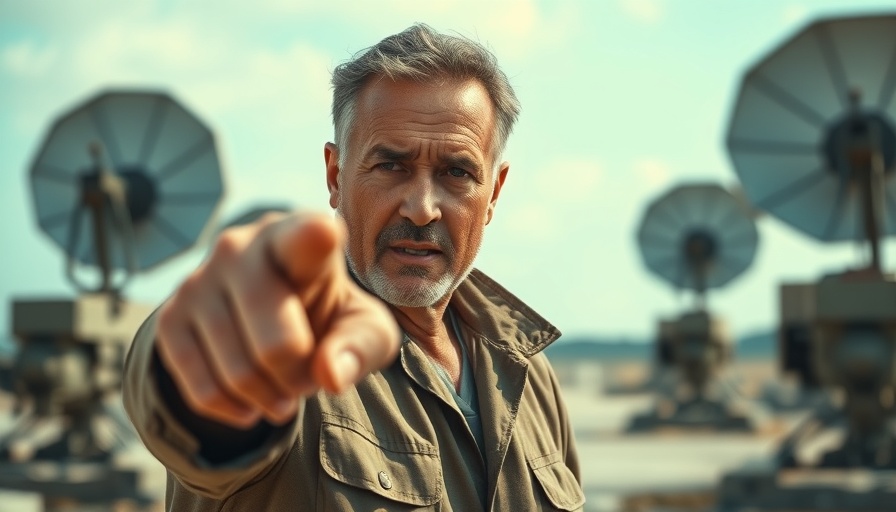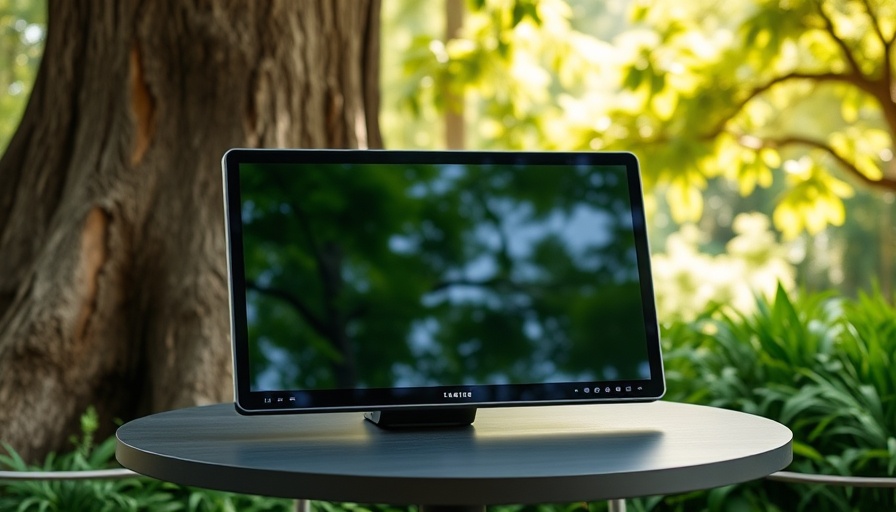
Denis Villeneuve Takes the Helm of 007: A Spymaster's Dream Role
The world of cinema is buzzing with anticipation as Denis Villeneuve, renowned director of critically acclaimed films like Dune and Blade Runner 2049, steps into one of the most iconic director's roles in Hollywood: that of 007. Following his successful stints in science fiction and gripping narratives, Villeneuve's assignment to direct the next James Bond movie represents not just a personal milestone but a potential turning point for the franchise itself.
The Legacy of 007 and Its Next Chapter
Having grown up with the tales of the suave British secret agent, Villeneuve brings a personal touch to a legacy that spans over five decades. He recalls, "Some of my earliest movie-going memories are connected to 007. I grew up watching James Bond films with my father." Such personal connections hint at Villeneuve's commitment to honoring the franchise's traditional roots while also offering fresh perspectives that he aims to weave into upcoming story arcs.
The transition comes at a critical time for James Bond, especially after the exit of long-time producers Barbara Broccoli and Michael G. Wilson. Villeneuve’s appointment, with the backing of fellow producers Amy Pascal and David Heyman, signals a new direction as they collectively set their sights on revitalizing the series for both devoted fans and new audiences. Understanding this balance between nostalgia and innovation will be essential as he constructs the narrative framework for the new Bond film.
Future Film Directions: What’s Next for Villeneuve?
With Villeneuve's name increasingly tied to two major franchises—the Bond films and the future of the Dune series—it raises questions about production timelines and story ideas. Will the director tackle Dune Messiah before fully immersing himself in the 007 universe? Navigating between these monumental franchises offers both an exhilarating opportunity and considerable challenges for filmmakers and fans alike.
As insiders bustle about casting the next suited 007, Villeneuve’s involvement raises the stakes significantly. This development has encouraged a wave of speculation about how the director might reimagine the classic character to resonate with modern sensibilities while preserving his timeless allure.
Exciting Speculations on Casting 007
The hunt for the new Bond actor adds another layer of intrigue to Villeneuve's directorial debut. With names from various backgrounds circling the opportunity to don the tuxedo, fans eagerly await an announcement that promises to reenergize the franchise. The choice will require balancing the traditional charm of Bond with contemporary themes, such as diversity and relevance to modern cinematic expectations, which may invite fresh interpretations of the usually masculine archetype.
Impact on the Franchise: Can Villeneuve Revitalize Bond?
Villeneuve’s unique storytelling style—focused on character depth and emotional resonance—may present a solution to criticisms that have plagued the franchise in recent years, regarding its relevance and representation. His films often explore complex human emotions and ethical dilemmas, which could enrich the Bond persona beyond the action-driven narratives.
The risks associated with reinventing such a beloved franchise are substantial. However, Villeneuve's previous works showcase his ability to handle intricate narratives that marry visual storytelling with depth, indicating he could be the right person to navigate Bond’s evolution.
A Cultural Icon Rebirth: The Call for New Themes and Perspectives
As Villeneuve steps into this high-stakes role, discussions surrounding the character’s future resonate beyond mere casting decisions. It opens the door for broader conversations about the need for modernity and inclusivity within a franchise that has historically reflected its time. As cinema evolves, so too does the responsibility of filmmakers to ensure these stories resonate with a new audience.
This evolution is not merely about reshaping a character but rather about redefining what James Bond represents in today’s cinematic landscape—a journey that could lead to significant cultural conversations while honoring the rich tapestry of his past.
Taking Action: Join the Conversation About Bond
As Denis Villeneuve embarks on this monumental journey with the Bond franchise, fans are encouraged to join the conversation. Speculate on potential casting, discuss thematic explorations, and engage in debates about the direction of the entire spy universe. Your voice matters, and sharing your thoughts can help shape what this iconic character could represent moving forward. Let's keep the dialogue alive and rally around the unique storytelling possibilities that lie ahead!
 Add Row
Add Row  Add
Add 




Write A Comment